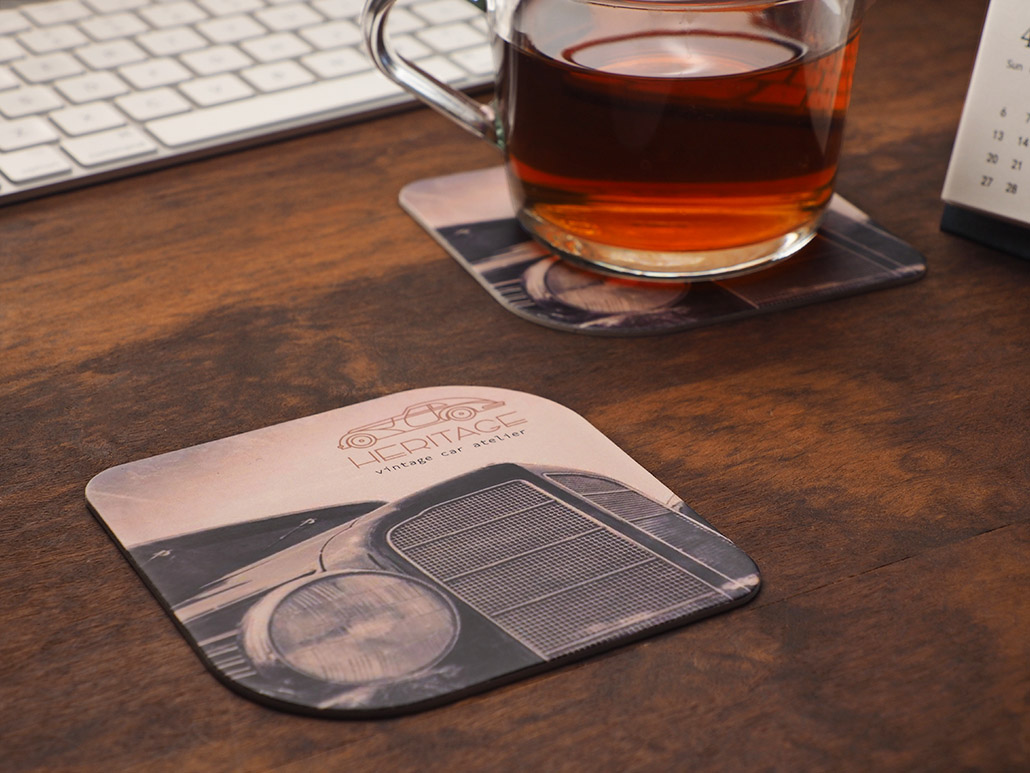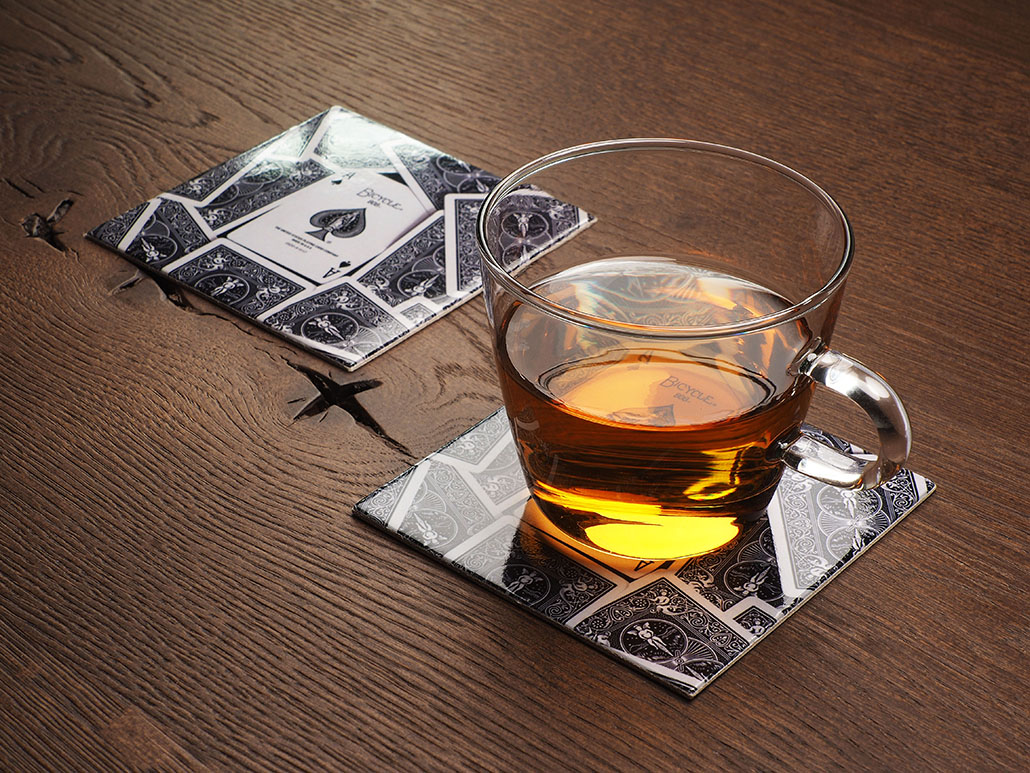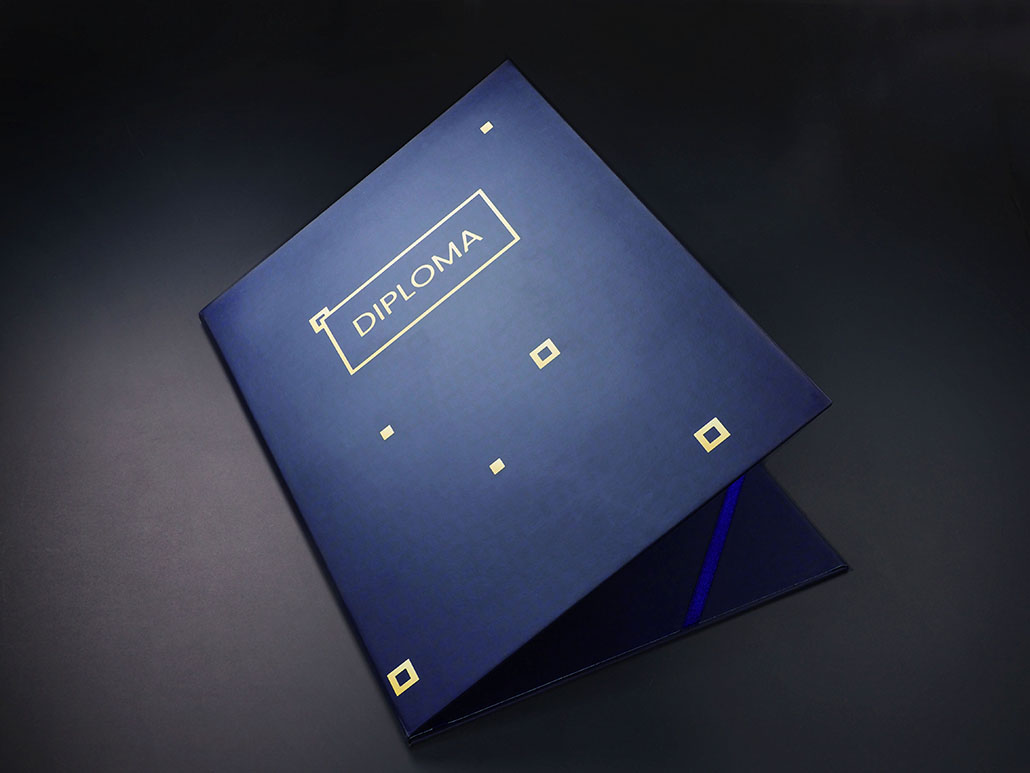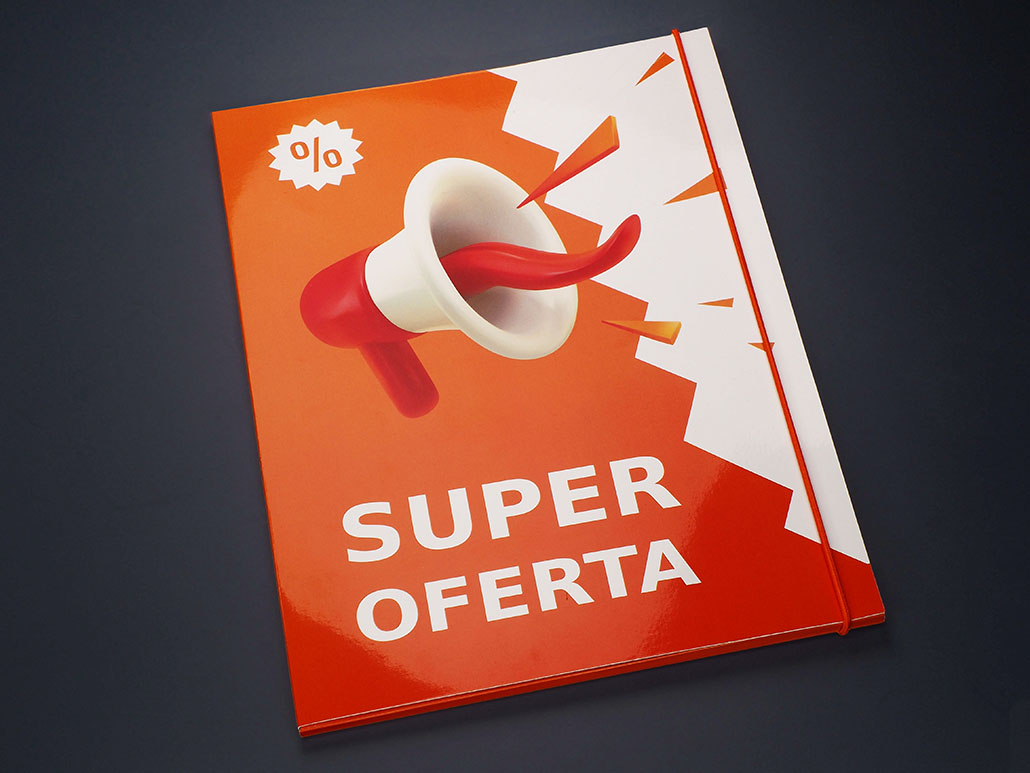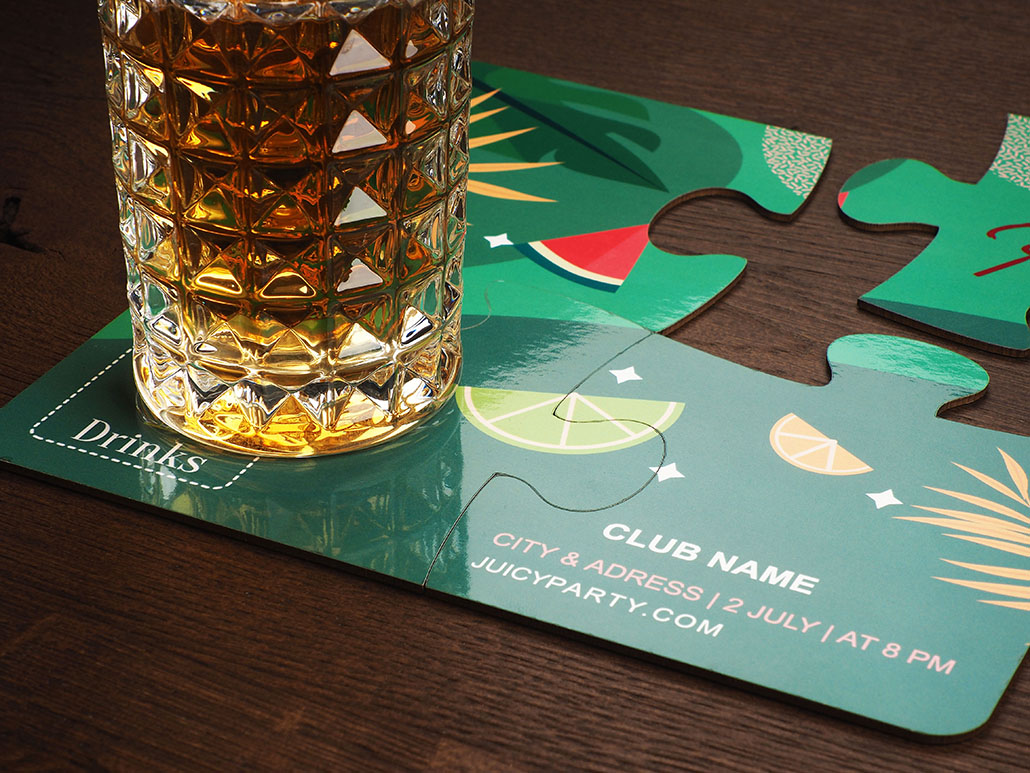Products: Found {{ searchResultsCount }} - Show all
Check if you entered what you are looking for correctly.
Categories: Found {{ categorySearchResults.length }}
Waffles with history
The history of cardboard coasters dates back to the 19th century, when the first so-called "wafers" appeared in Germany. They served, naturally, as coasters for beer mugs and were also an advertising medium for breweries.
A beer coaster?
But of course - if that is what you want. After all, the printing possibilities are endless!
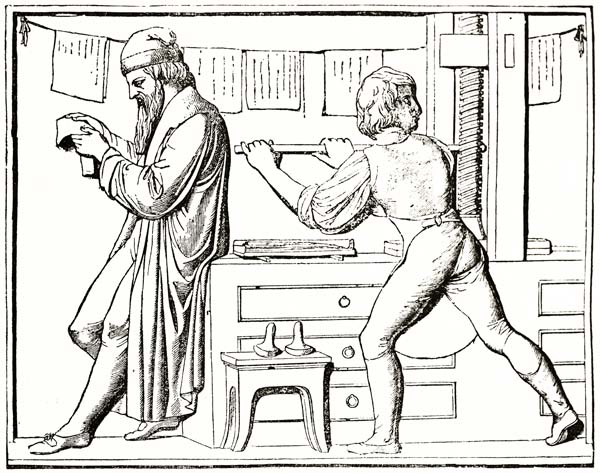
The great-grandfather of all printers was Johannes Gutenberg.
In the 15th century, he constructed the groundbreaking printing press, which became the foundation for all subsequent innovations in printing. Feeling great gratitude to Herr Gutenberg, we are happy to use his invention, in a modern form. We own a professional digital printer and do not hesitate to use it for our needs and those of our customers. Amongst other things, we use it for the production of colourful, personalised packaging (see page 12), flyers, posters, but also precisely for cardboard cup pads or hotel hang tags.
If you have an idea - share it with us!
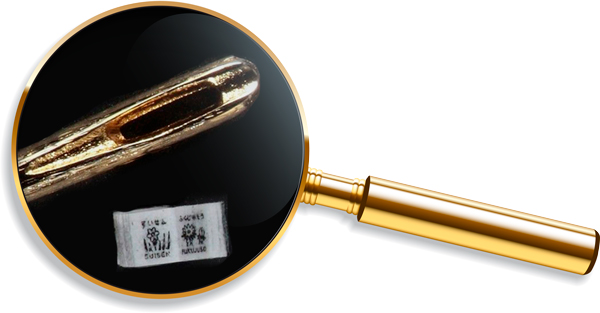
The world's smallest book was created in Japan.
It measures 0.75 millimetres (it fits into the eye of a needle) and the width of the letters it contains is less than 0.01 millimetres. In addition to the text, it also contains illustrations of the Japanese flowers it tells about. You can purchase a copy of it (not cheaply) at the Tokyo Book Museum, along with a magnifying glass and a larger size version.
The world's largest book can be admired in Dubai. It is 5 metres wide, 8.8 metres high and weighs 1,500 kilograms. It tells the story of the life of the Prophet Muhammad and the influence of Islam on world culture.
The world's thickest book, on the other hand, was published in Germany and is entitled 'Das dickste Buch des Universums', or literally - 'The thickest book of the Universe'. The book is over 4 metres high, has 50,506 pages and weighs 220 kilograms. The book contains texts and drawings on road safety by ... 40,000 children.



